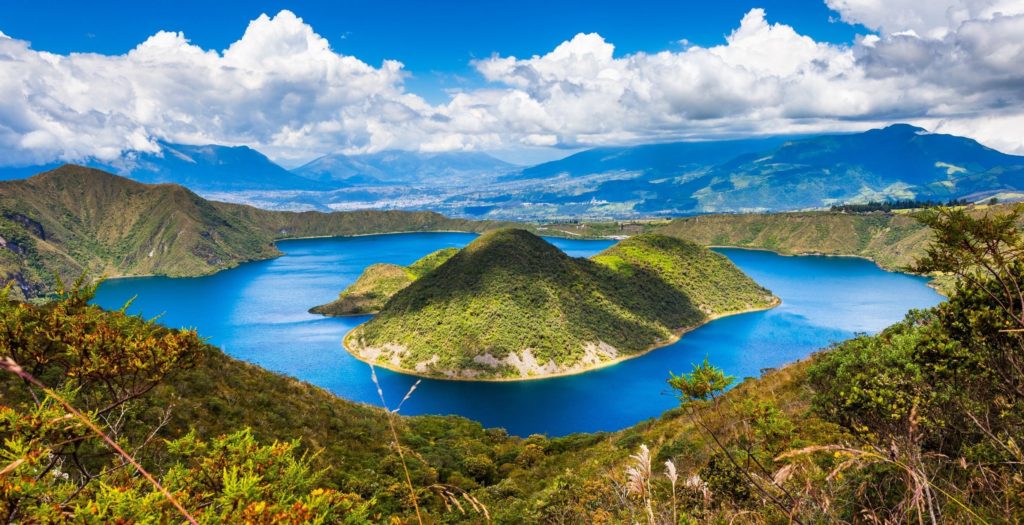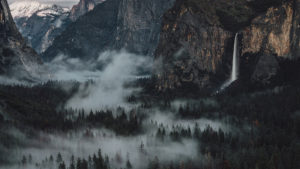The magnificent Andes, the longest mountain range on earth that divides Ecuador into 3 marked regions. When crossed perpendicularly by the equatorial line, the country becomes a unique place, giving rise to a very large diversity of microclimates, ecosystems and species of animals and plants, in a relatively small territory.
You can travel the route of the sun, visiting the entire Ecuadorian coast before taking the road to the mountains. Lose yourself in the landscapes that hide the mountains while the vegetation and colors change from an imposing green to a range of coffees and terracottas, giving way to the Ecuadorian highlands. A horizon that is built of mountains and volcanoes, valleys that are discovered behind the mountains and historic cities that grow on the slopes of a mountain range at 3200msnm.

The east is drawn later, an impenetrable tropical forest, with microclimates and thousands of endemic species. The Ecuadorian Amazon becomes home to national reserves, protected areas such as the Yasuní and countless isolated tribes, vestiges of ancestral cultures settled in the area.
But continental Ecuador is not the only facet of the country that hides ancient worlds. Returning to the coast, crossing the Pacific Ocean where humpback whale migratory routes are common, we find a UNESCO cultural heritage. The Galapagos Islands. The result of active volcanic activity for millions of years. The islands are an important chapter in the history of evolution and Charles Darwin. It is home to unique species of the region, such as the Galapagos turtles, blue footed boobies, penguins, iguanas and others. Its delicate natural balance requires limited human contact and strict migration policies.
Discover a world where nature guides you in a construction of millenary forms. Ecuador is waiting for you.




